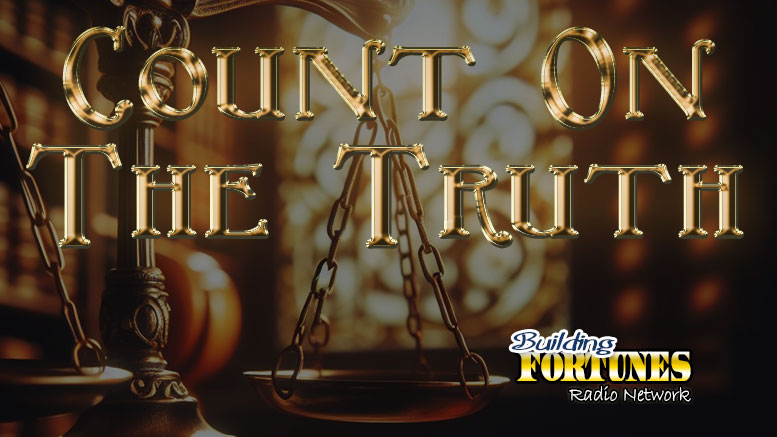Peter Mingils gets quizzed by Ken Nielson on this episode of Count on the Truth Radio show. Ken Nielson runs a home based business successfully an hosts this Building Fortunes Radio series to show people the benefits of building an MLM.
Ken Nielson displays this and a lot of other information on his website https://countonthetruth.com
On this episode, Ken asked about the invention of the electric light bulb and the telephone. Which came first? Determining which invention came first—the telephone or the light bulb—requires a look at their development timelines. Both are iconic innovations of the 19th century, credited to Alexander Graham Bell and Thomas Edison, respectively, though their stories are more complex than single inventors or moments.
The telephone’s origin is tied to Bell’s patent, filed on February 14, 1876, and granted on March 7, 1876. On March 10, Bell famously transmitted the first intelligible speech, saying, “Mr. Watson, come here, I want to see you,” to his assistant over a liquid transmitter. This marked the telephone’s practical debut, though earlier experiments by others, like Antonio Meucci (who filed a patent caveat in 1871), laid groundwork. Still, 1876 is widely accepted as the telephone’s birth year.
The light bulb’s timeline is murkier. Humphry Davy demonstrated the incandescent bulb’s principle in 1802, and over the decades, inventors like Warren de la Rue and Frederick de Moleyns tested versions. However, Edison is credited with creating the first commercially viable incandescent light bulb. His breakthrough came on October 22, 1879, when he tested a carbon filament bulb that burned for 13.5 hours. Edison had purchased a patent from Henry Woodward and Mathew Evans (filed in 1874) and improved it, filing his own patent on November 4, 1879, granted in 1880. Thus, the practical, market-ready light bulb emerged in late 1879.
Comparing these dates, the telephone predates the light bulb. Bell’s functional telephone was demonstrated and patented in 1876, while Edison’s light bulb didn’t achieve its milestone until 1879. Earlier bulb experiments existed, but none were as definitive or impactful as Bell’s 1876 success. The telephone, therefore, claims the title of the earlier invention, beating the light bulb by about three years in the race to transform modern life.
Then Ken asked about currency, Whether it was ever in the form of tea, wool, diamonds or tulips.
The idea of using tulips as currency might sound whimsical today, but it has historical roots in the 17th-century Dutch phenomenon known as “Tulip Mania.” During the Dutch Golden Age, tulips—introduced from the Ottoman Empire—became a status symbol among the wealthy. Their vibrant colors and rarity sparked an economic frenzy that briefly saw tulip bulbs function as a de facto currency, though not in the traditional sense of coins or paper money.
Between 1634 and 1637, tulip prices soared as speculative trading took hold. Bulbs, especially rare varieties like the Semper Augustus, were traded like stocks, with prices reaching absurd heights—some single bulbs reportedly fetched the equivalent of a luxurious Amsterdam house, around 10,000 guilders (roughly $50,000 today). Contracts for future bulb deliveries, essentially early futures trading, allowed people to buy and sell without handling the bulbs themselves. Tulips became a medium of exchange in this speculative bubble; merchants, artisans, and even farmers swapped goods, land, or services for bulbs or promises of them, betting on rising values.
This wasn’t a formal currency system backed by a government but a market-driven obsession. Tulips held value because people believed they would, fueled by scarcity (bulbs take years to propagate) and social hype. However, the bubble burst in February 1637 when buyers suddenly refused to pay inflated prices, causing a crash. Many lost fortunes, and tulips reverted to being mere flowers.
Today, using tulips as currency seems impractical—they’re perishable, slow to produce, and lack standardization. Yet, Tulip Mania remains a cautionary tale about speculative value, echoed in modern phenomena like cryptocurrency booms. While tulips won’t replace dollars, their brief stint as a tradable asset highlights how anything can become “money” if enough people agree it’s worth something, revealing the fragile psychology behind economic systems.


